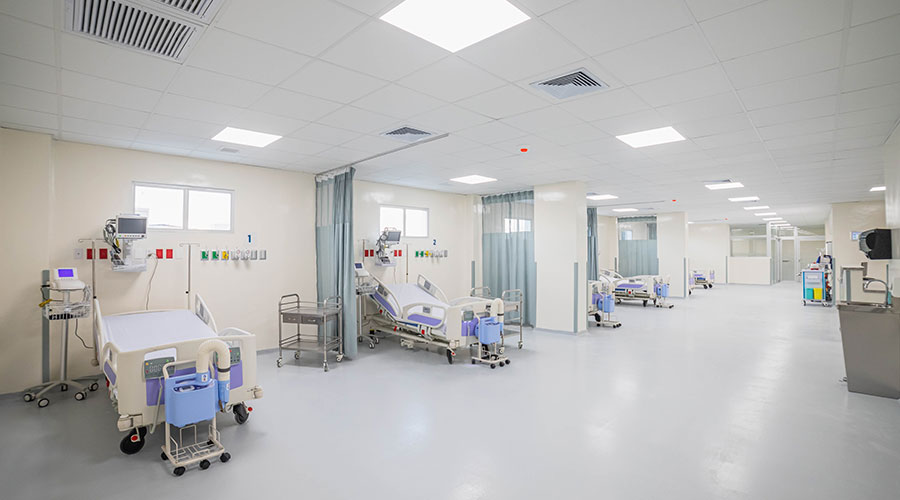There is a certain amount of pressure that a designer may face when assigned to a healthcare facility project. Creating spaces for the most vulnerable people to help aid in healing and wellness can be a challenge when these facilities can often be stressful for patients and their families. When it comes to children’s healthcare facilities, this can bring on a new set of challenges as some children may not fully understand the reason they are there.
Healthcare Facilities Today recently spoke with Nicki Hellem, associate principal, senior interior project manager, Perkins&Will about how she approaches designing children’s healthcare facilities and what other designers should be aware of.
HFT: What principles guide your design process for children's healthcare facilities?
Nicki Hellem: When we design any healthcare environment, we use evidence-based design principles and think about the experience of multiple users: patients, of course, but also caregivers, including both clinicians and patients’ family members. We aim to create spaces where people are safe—surrounded by healthy materials, guarded by key card access as needed—and where they feel emotionally supported, for example by including respite spaces for clinical staff.
With children’s healthcare facilities specifically, safety is even more important, and we take into account the psychology of younger patients and their families. This means designing inviting spaces that encourage a sense of calm, incorporate positive distractions, and offer amenities for the family. The smaller size of most pediatric patients is another element with a big impact on the overall layout of the space.
Related: Enhancing Children's Healthcare with Thoughtful Design
HFT: How do you ensure that the design is both functional and comforting for children and their families?
Hellem: We start with functionality. Function drives the layout of the overall design of the space, and then we layer the aesthetic over that function to cater to children and their families. Small choices in this process, like providing outdoor views and allowing daylight and nature into the unit at any point, can go a long way in making the space feel soothing. To further the comfort of a design, we create designated zones for positive distraction—whether through technology, artwork, furniture, or lighting—that aid in overall healing and well-being.
We also consider features like play therapy rooms to positively impact a patient’s emotional well-being during a hospital stay. These spaces—where child life therapists help children reduce stress and depression through play, art and music—create a destination for children to travel to and get excited about, giving them not just variety during their hospital stay but a place to interact with other children.
HFT: What safety standards and regulations do you prioritize in your designs?
Hellem: Security for young patients and their families is a top priority. Selecting materials for infection prevention is also key. With each design decision, we also focus on the wide range of ages and sizes of young patients, prioritizing awareness of how the space appears and functions from different perspectives. In a children’s healthcare facility, the design needs to cater to a young adult as well as it does to someone just learning to walk. We want each person to feel comforted during their healing journey.
Mackenna Moralez is the associate editor of the facilities market.

 Sutter Health Reveals Plans to Expand Elk Grove Campus
Sutter Health Reveals Plans to Expand Elk Grove Campus New Technologies for Patient Safety
New Technologies for Patient Safety UCHealth and Estes Park Health Sign Letter of Intent to Form Partnership
UCHealth and Estes Park Health Sign Letter of Intent to Form Partnership Get Smart: The Advantages of Implementing Smart Lighting Controls
Get Smart: The Advantages of Implementing Smart Lighting Controls